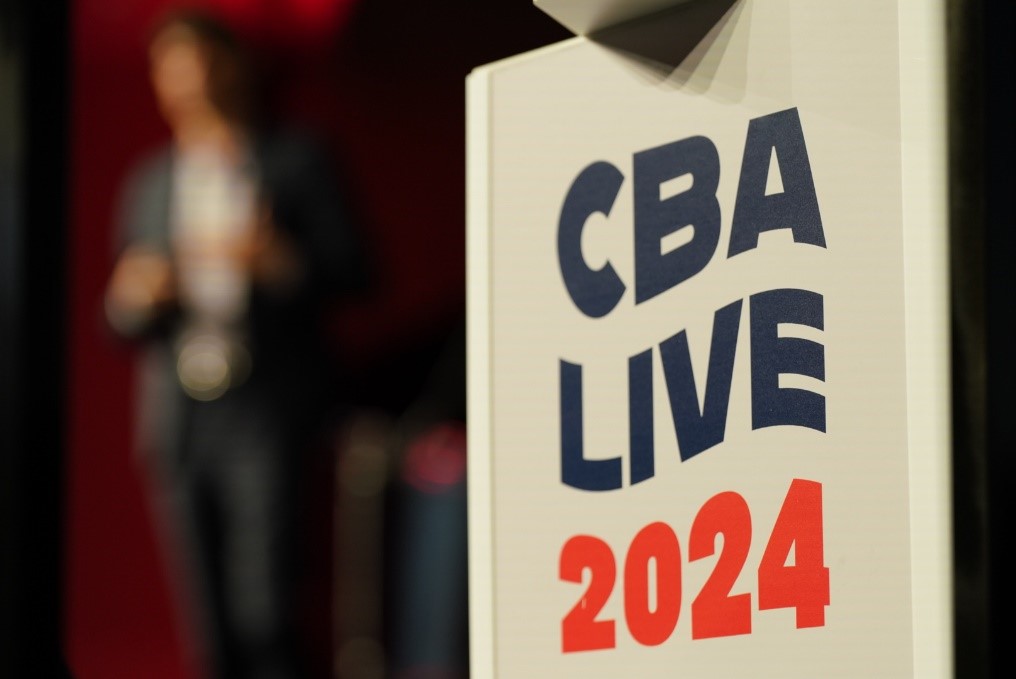press release
Myth vs. Fact: Debit Card Interchange
Weston Loyd

| MYTH #1: Consumers would not be harmed by the Fed’s proposal, and even if they would be, the Fed must ignore the effects on consumers. | ||
| FACT: The Fed is required by law to consider the significant harms to consumers, financial institutions and payment systems that will result from the proposed rule. Data from the first few years following the establishment of the current cap show: The percentage of regulated banks offering free checking accounts declined from 60 percent to less than 20 percent. Programs like “Bank On,” whose goal is to promote financial inclusion through low-cost accounts, receive significant support from debit interchange revenue. Checking account fees more than doubled, from less than $4 to more than $7, for regulated banks. Almost 30 percent of respondents who previously had a bank account reported that they became unbanked because account fees were too high and unpredictable, according to a 2017 FDIC Survey of Unbanked and Underbanked Households. | ||
| MYTH #2: The Fed is required to amend Reg. II because issuer costs have fallen since the regulation was issued in 2011. | ||
| FACT: Issuer costs have not universally fallen, and they certainly have not fallen as much as the Fed alleges in part because efficiency gains are dwarfed by card issuer investments in fraud prevention. Furthermore, the Fed isn’t legally required to revisit or reset the interchange cap. The original cap was intended to allow 80 percent of issuers to recover their costs, but it has never lived up to this goal. Using the same standard today, the interchange cap would have to INCREASE to greater than 21 cents. | ||
| MYTH #3: Lowering the interchange cap means merchants will lower their prices for consumers. | ||
| FACT: Studies repeatedly show that after Regulation II was enacted in 2011, merchants reneged on their promise to consumers and did not lower the prices of consumer goods. 75 percent of merchants reported that they did not change prices due to Regulation II, according to a merchant survey conducted by the Federal Reserve Bank of Richmond and Javelin Strategy & Research. 23 percent of merchants reported raising prices! Merchants pocketed $42 billion as of 2016, according to estimates by the Electronic Payments Coalition. Consumers are facing $1-2 billion per year in higher costs if the proposal moves forward as planned, according to a study by former Pew researcher Nick Bourke. He also assesses that the cap’s cost savings touted by retailers is unproven “and is likely unmeasurable.” | ||
| MYTH #4: The interchange cap means issuers should only recover their costs. | ||
| FACT: The statute requires interchange fees to be “reasonable and proportional” to a covered issuer’s costs—not “equal to” those costs. Courts have routinely held that price-control regulations that fail to allow a reasonable return are unconstitutional. This is likely why Congress used the language “reasonable and proportional” which is akin to the phrase “fair, just and reasonable,” which is frequently used in utility rate-setting statutes. If Congress had meant for the cap to be “equal” to costs, it would have said “equal.” And that would have been unconstitutional. The proposed rule currently requires 34 percent of covered issuers to choose between exiting the business or operating at a loss. Furthermore, the Fed’s assessment cherry-picks data and excludes relevant costs, such as: Non-sufficient funds handling costs Non-sufficient funds losses International transaction fraud costs/losses Dispute handling and management costs Debit program compliance costs (e.g., laws and network rules) Other transaction-monitoring and evaluation costs Other network fees not currently included by the Fed Costs of establishing and maintaining a debit card relationship with the cardholder Cardholder rewards costs Cardholder inquiry costs Research and development costs If the Fed accounted just for cardholder inquiry costs alone, the average transaction cost would increase, resulting in a base component cap of 25.5 cents before accounting for fraud losses and fraud prevention costs. | ||
| MYTH #5: Merchants are being gouged by interchange fees. | ||
| FACT: Merchants derive significant benefits from accepting debit cards, such as no longer having to handle cash, which can cost as much as 15 percent of their sales, or to worry about checks clearing, as well as meaningful commercial benefits such as engaging more consumers, making more sales, improving the overall consumer experience and making higher-cost sales. A recent study found that average transaction sizes increase 10-15 percent compared to cash when merchants accept card payments. These benefits are the direct result of the decades – and billions of dollars – of investments by banks and card networks. Debit card acceptance is voluntary, and merchants should be expected to pay their fair share for the benefits they receive through their participation in the card networks. | ||
| MYTH #6: The proposal won’t affect community banks, credit unions and other small institutions because it only applies to banks with over $10 billion in assets. | ||
| FACT: While the rule only applies to issuers with over $10 billion in assets, these changes still significantly affect these smaller institutions. For example:The average inflation-adjusted interchange fee for exempt transactions has fallen 8.4 percent since January 2011. Among exempt single-message transactions – transactions that are typically made using a PIN number – the average inflation-adjusted interchange fee has fallen by 35.4 percent. Exempt financial institutions reduced free services to consumers due to reduced interchange revenue. For example, the availability of free, non-interest-bearing checking accounts offered by exempt financial institutions declined by 15.5 percent following the imposition of the Interchange Fee Cap. In 2014, 73.3 percent of surveyed exempt banks indicated that “debit card interchange cap policy” had a negative impact of some kind (either “significant” (29.1 percent) or “slight” (44.2 percent) on their earnings. | ||


